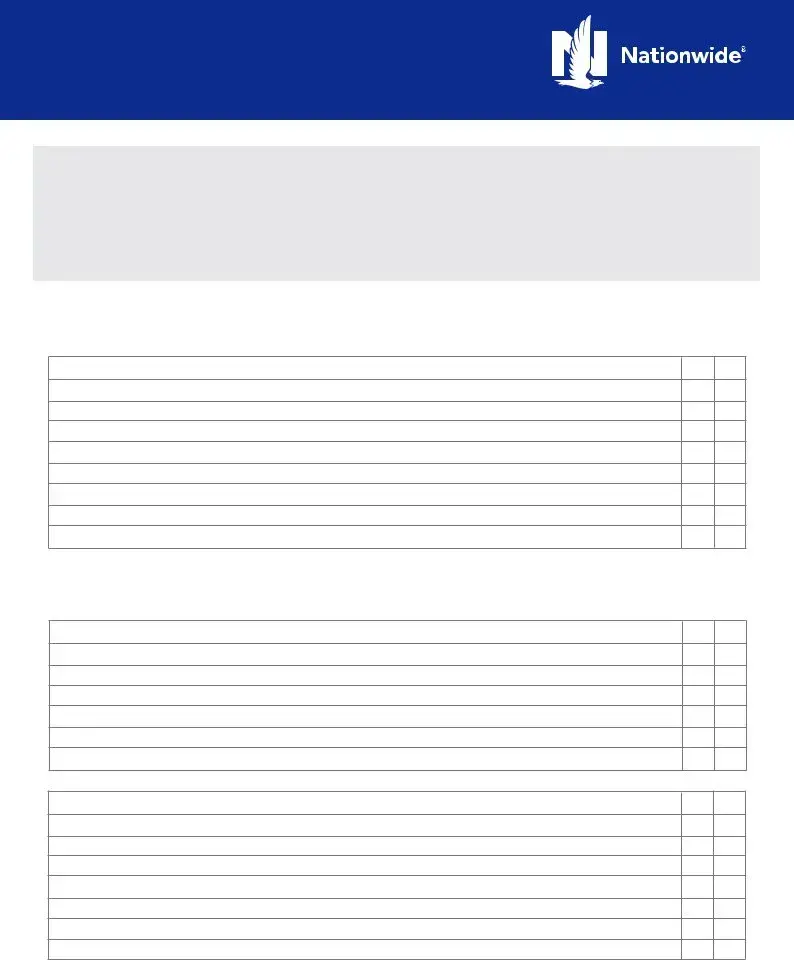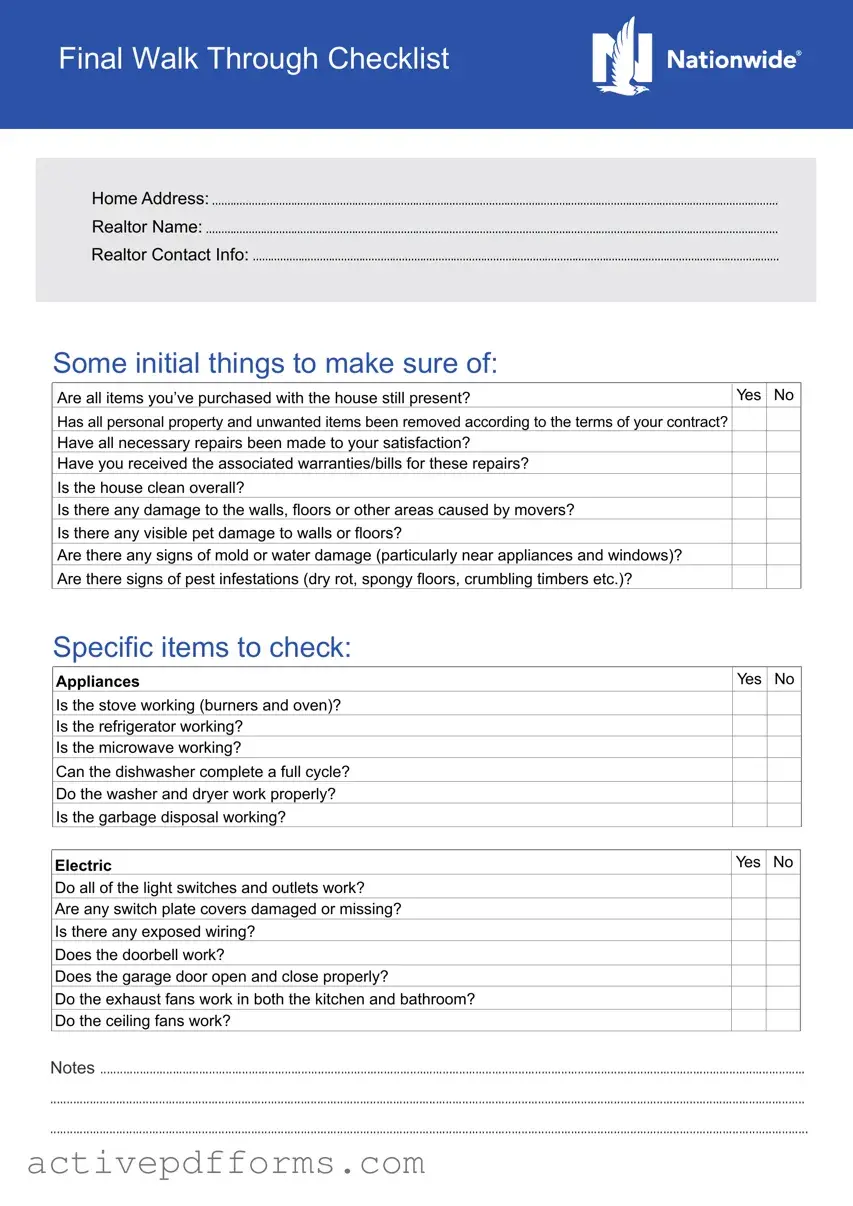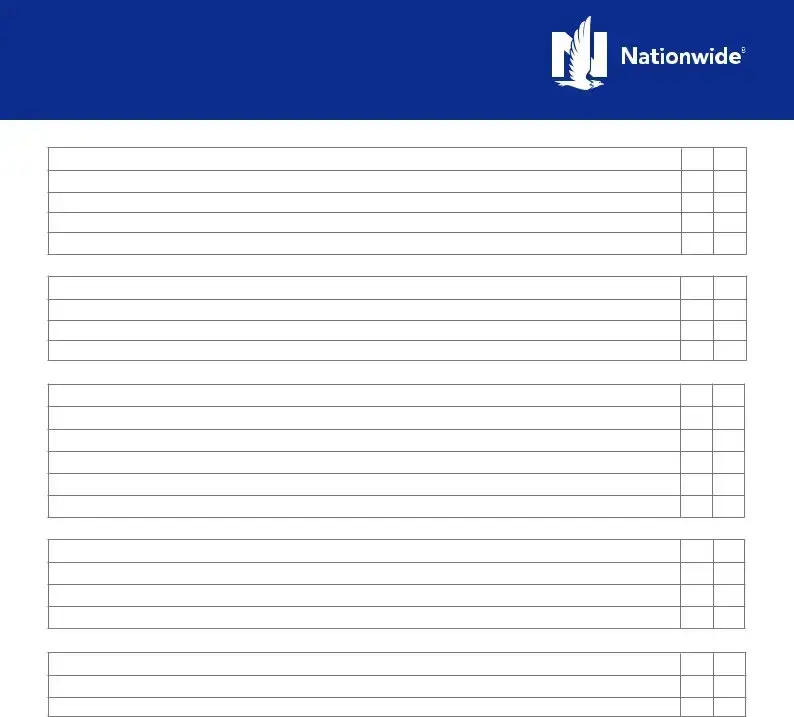
Final Walk Through Checklist
Home Address: ..........................................................................................................................................................................................
Realtor Name: ............................................................................................................................................................................................
Realtor Contact Info: .............................................................................................................................................................................
Some initial things to make sure of:
Are all items you’ve purchased with the house still present? |
Yes No |
Has all personal property and unwanted items been removed according to the terms of your contract?
Have all necessary repairs been made to your satisfaction?
Have you received the associated warranties/bills for these repairs?
Is the house clean overall?
Is there any damage to the walls, floors or other areas caused by movers?
Is there any visible pet damage to walls or floors?
Are there any signs of mold or water damage (particularly near appliances and windows)?
Are there signs of pest infestations (dry rot, spongy floors, crumbling timbers etc.)?
Specific items to check:
Appliances
Is the stove working (burners and oven)?
Is the refrigerator working?
Is the microwave working?
Can the dishwasher complete a full cycle?
Do the washer and dryer work properly?
Is the garbage disposal working?
Electric
Do all of the light switches and outlets work?
Are any switch plate covers damaged or missing?
Is there any exposed wiring?
Does the doorbell work?
Does the garage door open and close properly?
Do the exhaust fans work in both the kitchen and bathroom?
Do the ceiling fans work?
Notes ......................................................................................................................................................................................................................
.....................................................................................................................................................................................................................................
......................................................................................................................................................................................................................................
Plumbing
Do the toilets flush properly (do they run or leak)?
Do the sinks, bathtubs and showers drain properly?
Is the water pressure sufficient?
Are there signs of leaking near faucets?
HVAC
Does the heating system work properly?
Does the air conditioning unit work properly?
Does the thermostat work?
Windows/Doors
Are there any signs of condensation or fog near double-pane windows?
Are any windows broken or missing screens?
Do all windows open and close properly?
Do all doors open and close properly?
Do the locks and latches work?
Basement/Attic/Crawlspace
Have the spaces been cleared out and emptied?
Are there any signs of exposed plumbing?
Are there any signs of pests?
Outdoors
Is landscaping as you remembered?
Do the sprinklers work?
Yes No
Yes No
Yes No
Yes No
Yes No
Notes ......................................................................................................................................................................................................................
.....................................................................................................................................................................................................................................
.....................................................................................................................................................................................................................................


